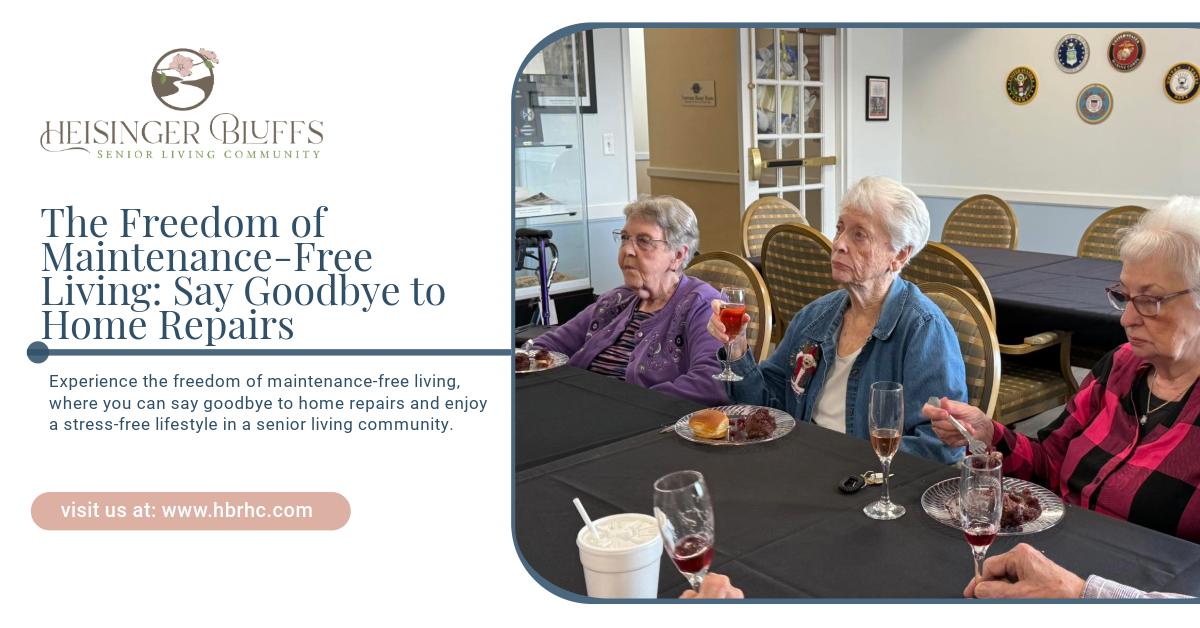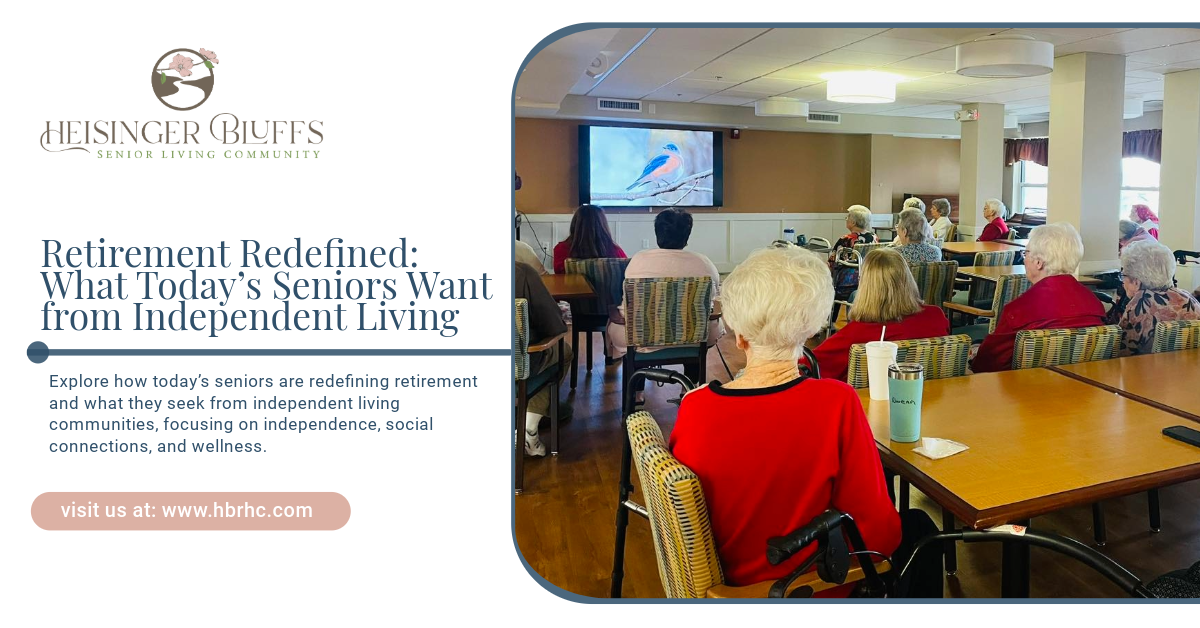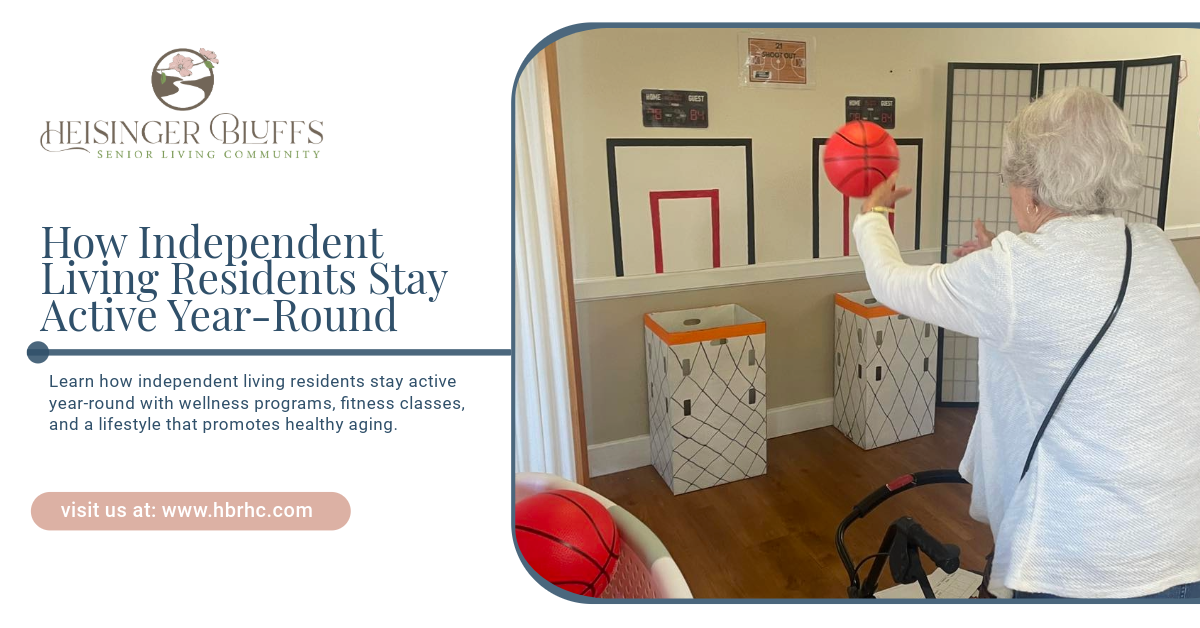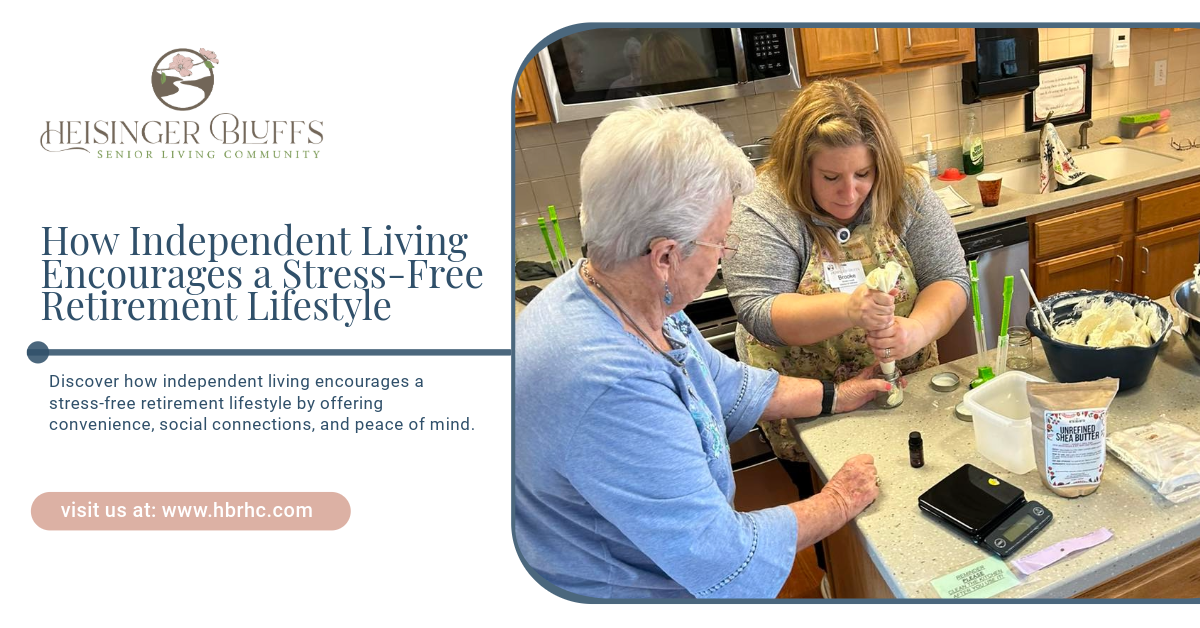Get in touch
Rehabilitation and Fall Prevention: How Therapy Reduces Risks
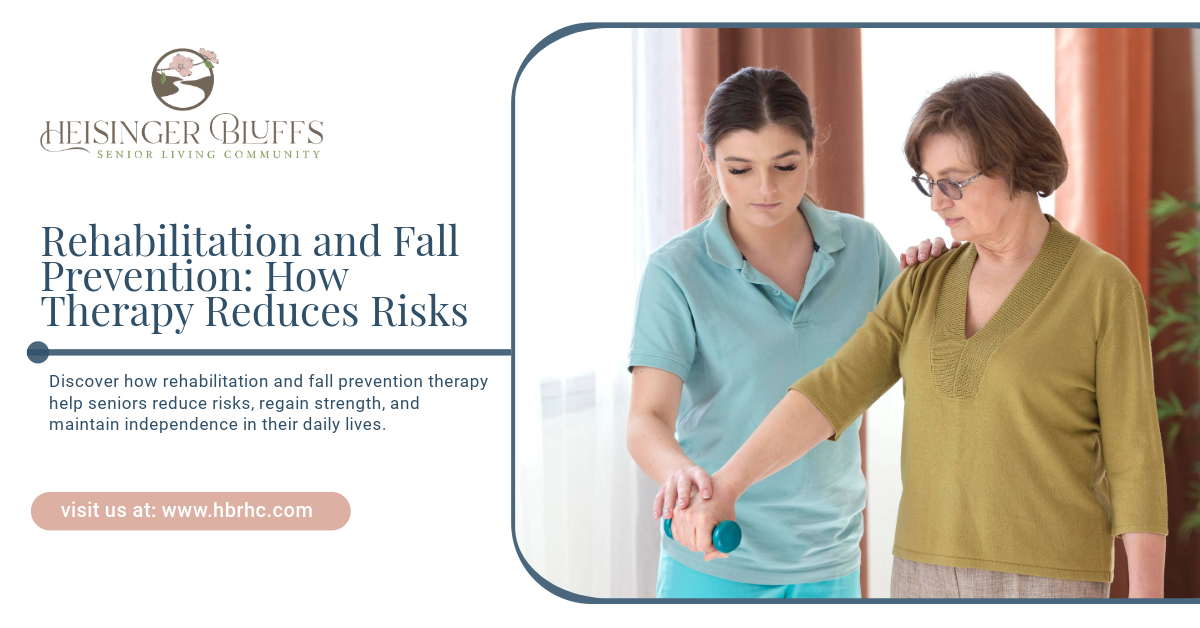
Falls are a leading cause of injury among older adults, often leading to long-term health challenges or loss of independence. However, with the right rehabilitation and fall prevention strategies, many of these risks can be minimized. Therapy programs designed for seniors focus on improving strength, balance, and mobility, empowering them to maintain a safe and active lifestyle.
This blog explores the critical role of rehabilitation in fall prevention and offers practical insights for seniors and their families.
The Impact of Falls on Seniors
Why Falls Are Dangerous for Seniors
As we age, factors like reduced muscle strength, balance issues, and chronic health conditions increase the risk of falling. A fall can lead to:
- Fractures: Commonly in the hip, wrist, or spine.
- Head Injuries: Which may result in cognitive impairments or complications.
- Loss of Independence: Fear of falling again can lead to reduced activity and isolation.
Statistics on Falls in Older Adults
- One in four seniors experiences a fall each year.
- Falls account for over 3 million emergency room visits annually in the U.S.
- Approximately 95% of hip fractures result from falls.
Rehabilitation: A Key Component in Fall Prevention
1. Physical Therapy
Physical therapy focuses on restoring strength, flexibility, and balance, which are vital for fall prevention.
Key Techniques:
- Strength training to build muscle in the legs and core.
- Balance exercises, such as standing on one leg or using a balance board.
- Gait training to improve walking patterns and stability.
Benefits:
- Enhances mobility and coordination.
- Reduces the fear of falling.
- Promotes faster recovery after a fall or injury.
2. Occupational Therapy
Occupational therapy helps seniors adapt their daily activities and living environments to reduce fall risks.
Key Techniques:
- Home assessments to identify hazards like loose rugs or poor lighting.
- Training on safe techniques for daily tasks, such as getting in and out of bed.
- Recommendations for assistive devices, such as grab bars or walkers.
Benefits:
- Creates a safer living environment.
- Improves confidence in performing daily activities.
3. Vestibular Rehabilitation
For seniors with balance disorders caused by inner ear issues, vestibular therapy can be transformative.
Key Techniques:
- Exercises to reduce dizziness and improve balance.
- Coordination training to address vertigo-related challenges.
Benefits:
- Reduces symptoms of dizziness.
- Enhances overall stability.
4. Strength and Conditioning Programs
Targeted strength-building exercises help seniors regain lost muscle mass and prevent future falls.
Key Techniques:
- Resistance band exercises for the arms and legs.
- Weight-bearing activities to improve bone density.
Benefits:
- Reduces frailty.
- Supports better posture and gait.
Fall Prevention Strategies for Seniors
1. Regular Exercise
Daily physical activity is essential for maintaining strength and balance.
Recommended Activities:
- Walking or swimming for cardiovascular health.
- Yoga or tai chi to enhance flexibility and balance.
- Chair exercises for those with limited mobility.
Tip: Start with low-impact exercises and gradually increase intensity.
2. Home Modifications
A safe home environment is critical in preventing falls.
Simple Changes:
- Install grab bars in bathrooms.
- Remove tripping hazards like clutter or loose rugs.
- Improve lighting, especially in hallways and staircases.
Tip: Conduct regular safety assessments of the home.
3. Proper Footwear
Wearing supportive, non-slip footwear can significantly reduce fall risks.
Avoid:
- Loose slippers or flip-flops.
- Shoes with high heels or slick soles.
Tip: Consider orthotic shoes designed for seniors.
4. Medication Management
Some medications can cause dizziness or drowsiness, increasing fall risks.
Steps to Take:
- Review all medications with a healthcare provider.
- Be aware of potential side effects.
- Avoid mixing alcohol with medication.
Tip: Use a pill organizer to stay on track with doses.
5. Vision and Hearing Care
Impaired vision or hearing can make it harder to avoid obstacles.
Key Actions:
- Schedule regular eye exams to update prescriptions.
- Use hearing aids if needed.
Tip: Keep living areas well-lit to accommodate any vision challenges.
The Role of Family and Caregivers
Family members and caregivers play a crucial role in fall prevention.
How They Can Help:
- Encourage Participation in Therapy: Motivate seniors to attend therapy sessions and practice exercises at home.
- Assist with Home Safety: Help with modifications and regular checks for hazards.
- Monitor Health Changes: Watch for signs of balance issues, dizziness, or weakness.
When to Seek Professional Rehabilitation Services
If a senior shows signs of increased fall risk, such as frequent stumbles or difficulty walking, it’s essential to consult a healthcare professional. A personalized rehabilitation program can address underlying issues and prevent future falls.
Final Thoughts
At Heisinger Bluffs, we understand the importance of fall prevention and rehabilitation in enhancing seniors' quality of life. Our expert team provides personalized therapy services designed to help residents regain strength, improve mobility, and maintain independence. Contact us today to learn more about our comprehensive care options!
Frequently Asked Questions
What is the most common cause of falls in seniors?
Falls often result from a combination of factors, including muscle weakness, poor balance, medication side effects, and environmental hazards like slippery floors or poor lighting.
How can I encourage my loved one to participate in therapy?
Highlight the benefits of therapy, such as improved mobility and independence, and offer to accompany them to sessions or practice exercises together.
How long does rehabilitation therapy typically last?
The duration of therapy depends on the individual’s needs and goals. Some seniors may benefit from short-term therapy, while others require ongoing sessions for chronic conditions or recovery.



Want to know more?
We will get back to you as soon as possible.
Please try again later.
You May Also Like To Read
Heisinger Bluff’s Life Plan Community is here to make your senior years safe, stimulating and enjoyable so that you can savor the present, knowing the future will be taken care of.
QUICK LINKS
CONTACT
©2024. Heisinger Bluffs. All rights reserved.


